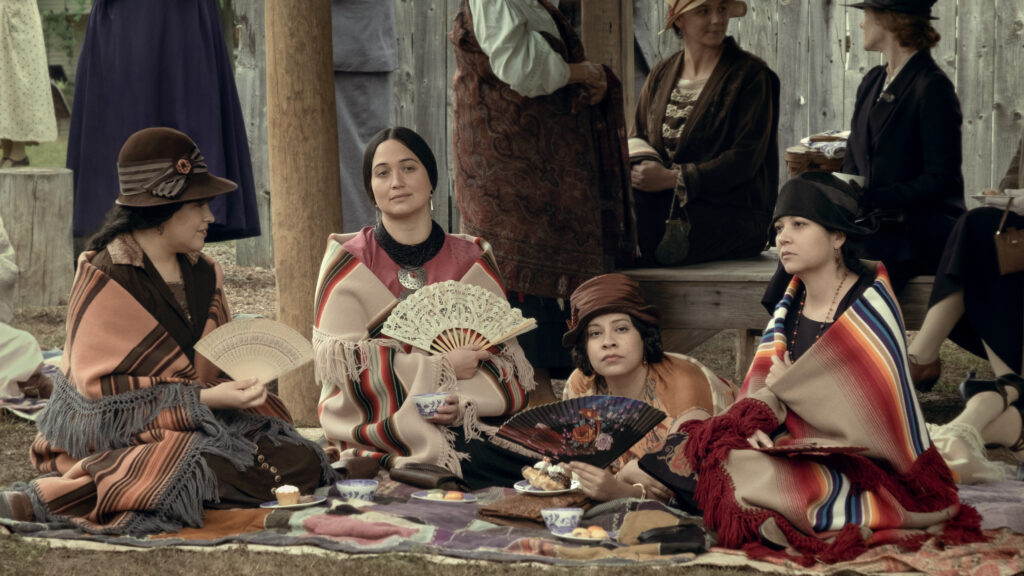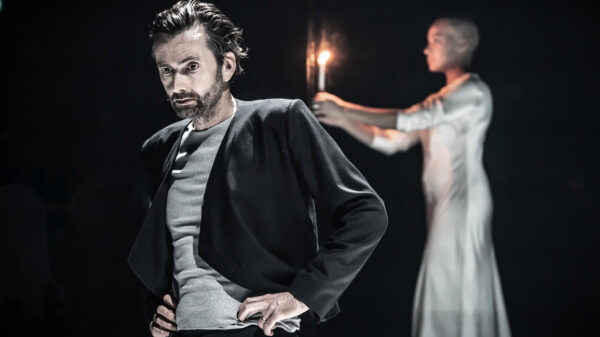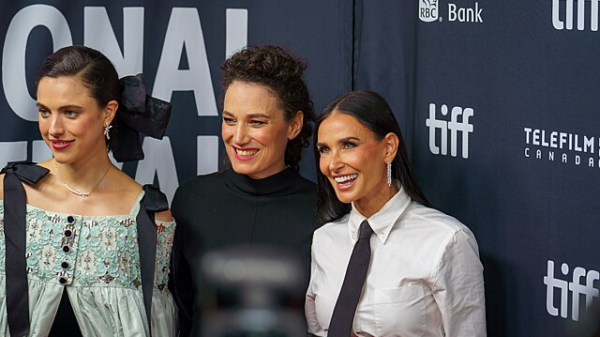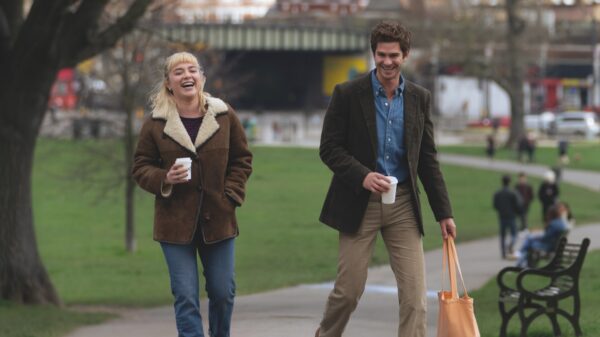Staff Writer Kiaan Davids reviews Martin Scorsese’s latest Western crime drama film – “Killers of the Flower Moon”, in theatres now.
At 80, Martin Scorsese’s position as a giant within cinema has long been solidified. From “Mean Streets” in 1973 to the grand western crime-drama, “Killers of the Flower Moon”, in 2023, it is fair to say that his films have become cultural events. Four years separate “The Irishman” and “Killers of the Flower Moon” and much has changed since. With the former, promotion was marked with an undercurrent of fear as the director sought to distance himself and criticise the so-called ‘marvelisation’ of cinema. Since then, Marvel’s position as the leading authority in cinema has dwindled and it could be said that Scorsese’s worst fears were not realised.
Whilst “The Irishman” saw significant commercial and critical success, it signaled a change for Scorsese as he had to adapt. The system in which he had ‘made his bones’ was long gone and the necessary evils of streaming services like Netflix had emerged. The results and consequences of this relationship were clear; Scorsese would be granted a nearly $150 million budget by Netflix, but the film would have a limited run time in theatres. As I wrote earlier, there is some evidence that Scorsese views his partnership as a necessary evil to see his vision realised and it largely proved fruitful for him due to the success of “The Irishman”. Subsequently, his partnership with streaming services was again renewed, yet this time with a different collaborator, AppleTV+.
In “Killers of the Flower Moon”, we begin in an unfamiliar genre for Scorsese – the Western. Yet, although this film may feel unfamiliar, you can still see traces of Scorsese’s work through the film’s persistent theme of crime and betrayal. We follow Ernest Burkhart (Leonardo DiCaprio), a war veteran who has since returned to Oklahoma to settle. Ernest’s motivations seem noble in the beginning, but through his relationship with his uncle William King Hale (Robert De Niro), we almost immediately learn of an undercurrent of deceit and betrayal within the Native American Osage community.
The Osage are wealthy, a great distance from the common perception of Native Americans in cinema. But because of that, exploitation and violence rears its head, only this time, it is not John Wayne with a gun but De Niro and Dicaprio plotting a grand heist to steal from the Osage. Their methods are more subtle, as they seek to wedge themselves into the community through marriage, but will they be successful?

It is important to note that this is not the Leonardo DiCaprio that audiences are used to seeing. This is a man who looks, sounds and feels physically changed by this character. On the surface, he appears more similar to Nosferatu than he does to Jordan Belfort (“The Wolf of Wall Street”) or Jack Dawson (“Titanic”). I was surprised, and I anticipate that audiences, too, will be surprised by DiCaprio in this film. Once we learn of Ernest’s motivations, he becomes wholly unsympathetic. This would seem to be a decision made more by Scorsese than anyone else.
Regardless of their subject, Scorsese’s films have consistently been afflicted by a sense of charm, despite Scorsese’s attempts at distancing the audience from the characters. “Taxi Driver” has a magical and ethereal quality that is irresistible, despite the lead character’s obsession with violence. The appearance and lifestyle of the characters in “Goodfellas” remain attractive despite their occupation of violence. With “Killers of the Flower Moon”, there appears to be none of that. The Western genre has often been associated with sprawling landscapes, but here we are relegated to developing towns and suburbs. Ernest and his associates are ugly and there are no redeemable qualities that could convince me otherwise.

Scorsese dedicates a significant portion of time to the portrayal of the Osage people, and rightfully so, as the Native American community’s history in cinema is one of inaccuracy. Not only this, but their position in American history and contemporary American society has been one of segregation and violence. It can only be helpful in spreading information about the Osage community’s history to a wide audience when historically, Native Americans have only been a footnote in cinema for John Wayne and others.
That being said, there are some issues with this film and perhaps the most significant one is its length. Even though Roger Ebert said, “No good movie is too long and no bad movie is short enough”, this movie is certainly not bad but it is certainly too long. This is seemingly becoming commonplace for Scorsese as his previous entry, “The Irishman”, like “Killers of the Flower Moon”, was three and a half hours long. “The Irishman” necessitated such a runtime as it covered five decades in which several events occurred.
In “Killers of the Flower Moon”, the time period can feel vague and events morph into one another. It takes almost two-thirds of the movie for the investigators to arrive in Oklahoma, which I suppose in itself says something about the Osage’s plight, as they needed dozens of their community to be slaughtered before assistance would arrive. This will lose audiences, no doubt, but taking risks is not new territory for Scorsese.

As Scorsese said himself, “The whole world has opened up to me, but it’s too late”. It is an unfortunate eventuality that there will be a time in which Scorsese will no longer be making films and if “Killers of the Flower Moon” is the final entry in a filmography that can only be described as monumental, then that’s okay. This is not a bad film, for Scorsese is almost immune to that, but the longer you make films, there will come a time when the audience remembers you for what you did and not what you could. This is inevitable with filmmakers with an expansive filmography, but especially with Scorsese as a select number of his films from the 1970s to 1990s have been hailed as masterpieces.


















